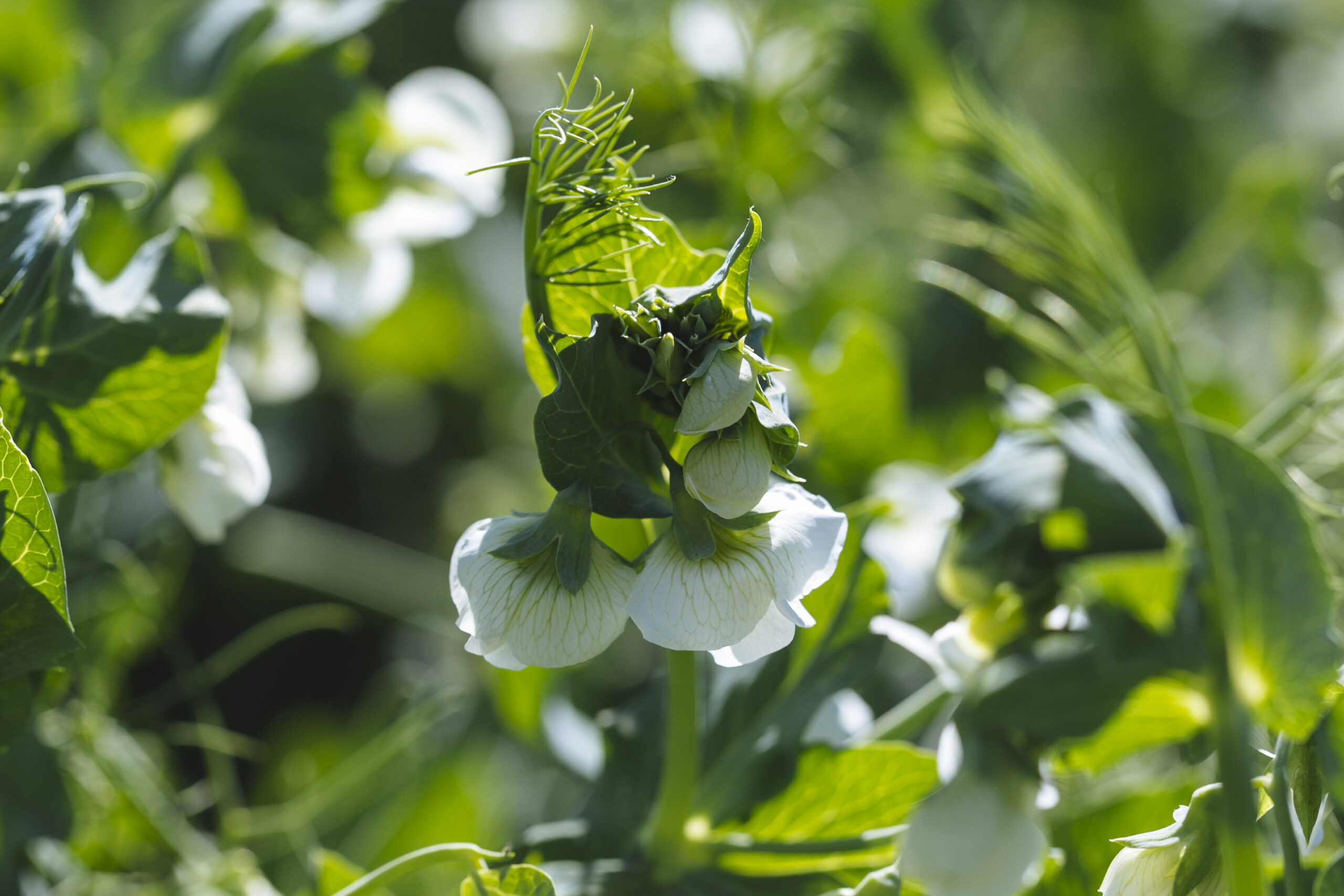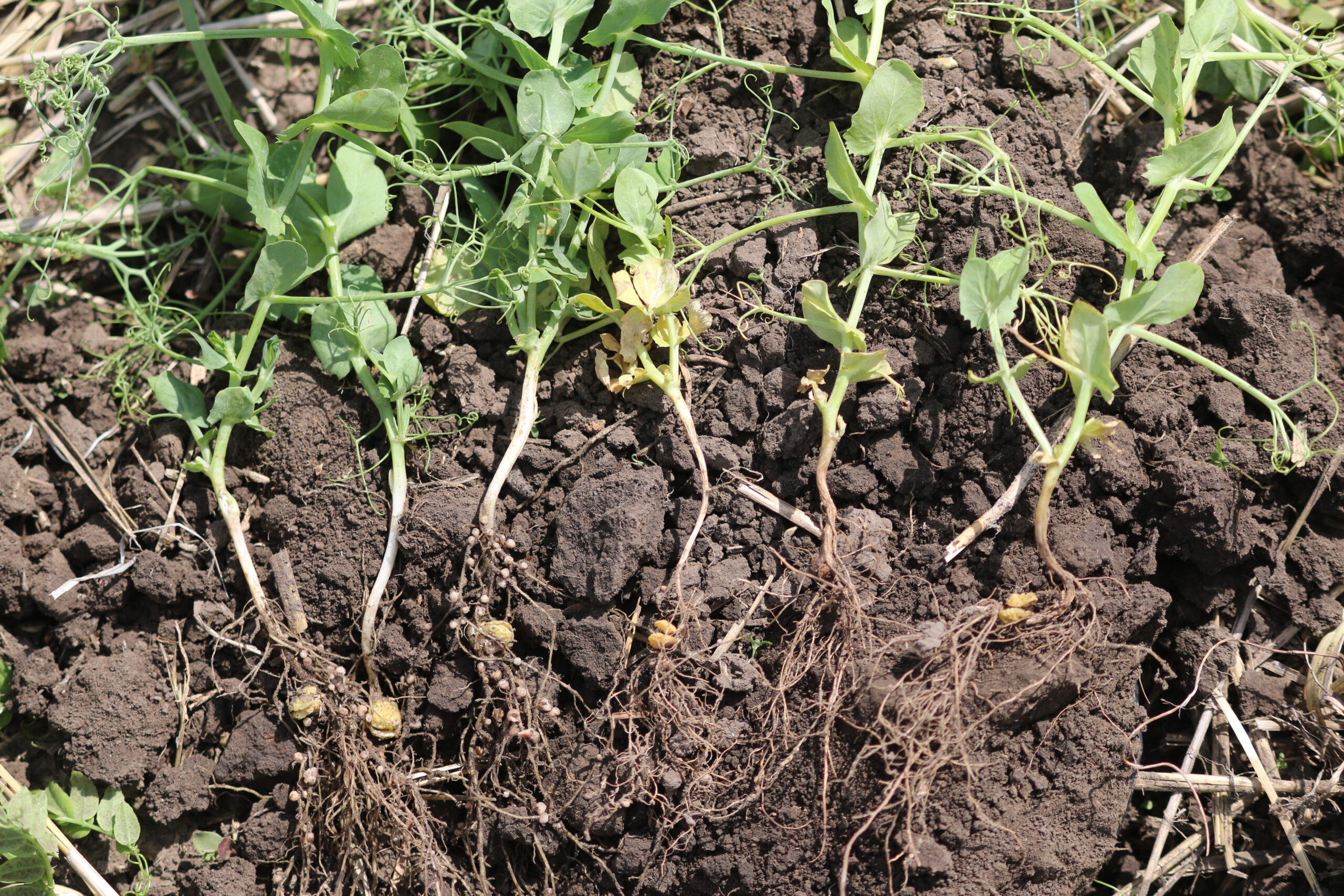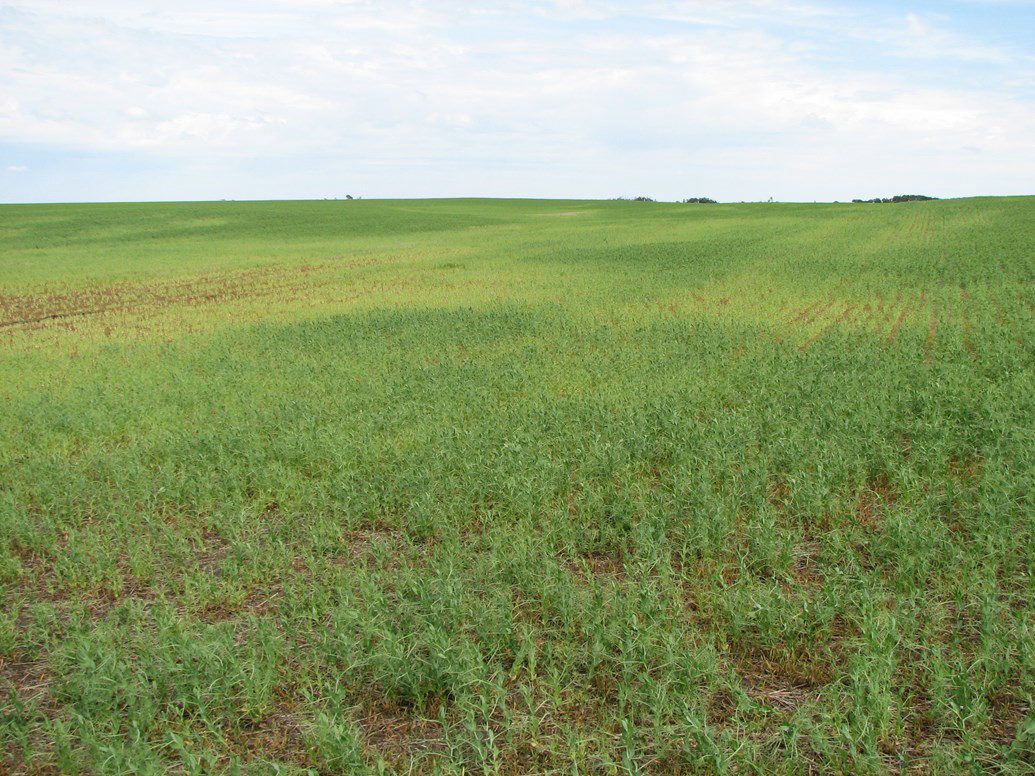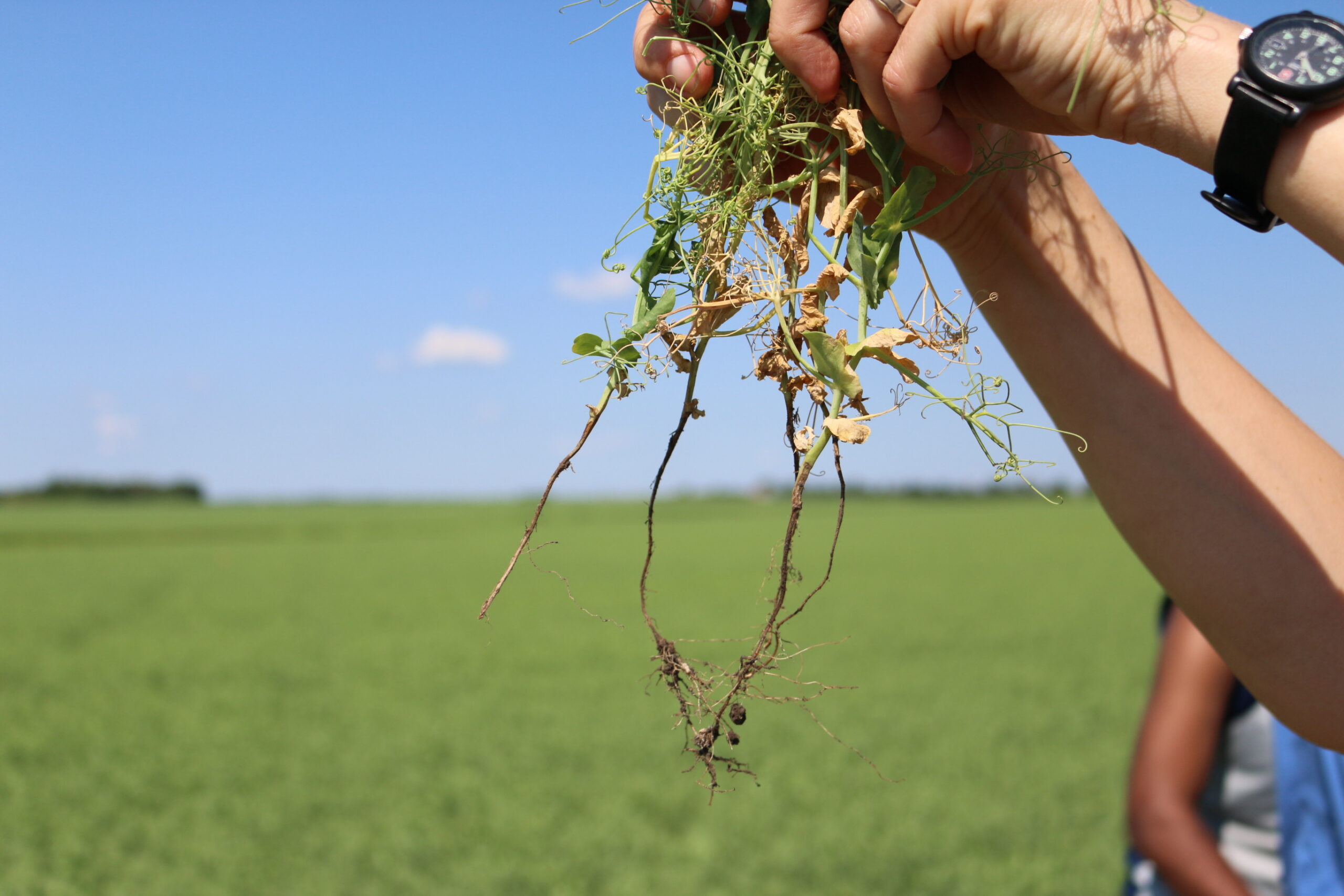The severity of root rots affecting pulse crops in the Prairies is growing rapidly, encompassing larger areas that were previously unaffected, and having a detrimental effect on crops.
Through research under the Growing Forward 2 Pulse Science Research Cluster, Dr. Bruce Gossen, a Research Scientist with Agriculture and Agri-Food (AAFC), Saskatoon investigated what exactly was happening with root rot pathogens. The goal of the research was to develop a number of tools to help fight root rots, including identifying pea varieties that have better Aphanomyces tolerance, developing a risk assessment tool for Fusarium root rot, evaluating seed treatments for effectiveness against root diseases, and testing identified pea cultivars in the field in high-risk zones for both Fusarium and Aphanomyces root rots.
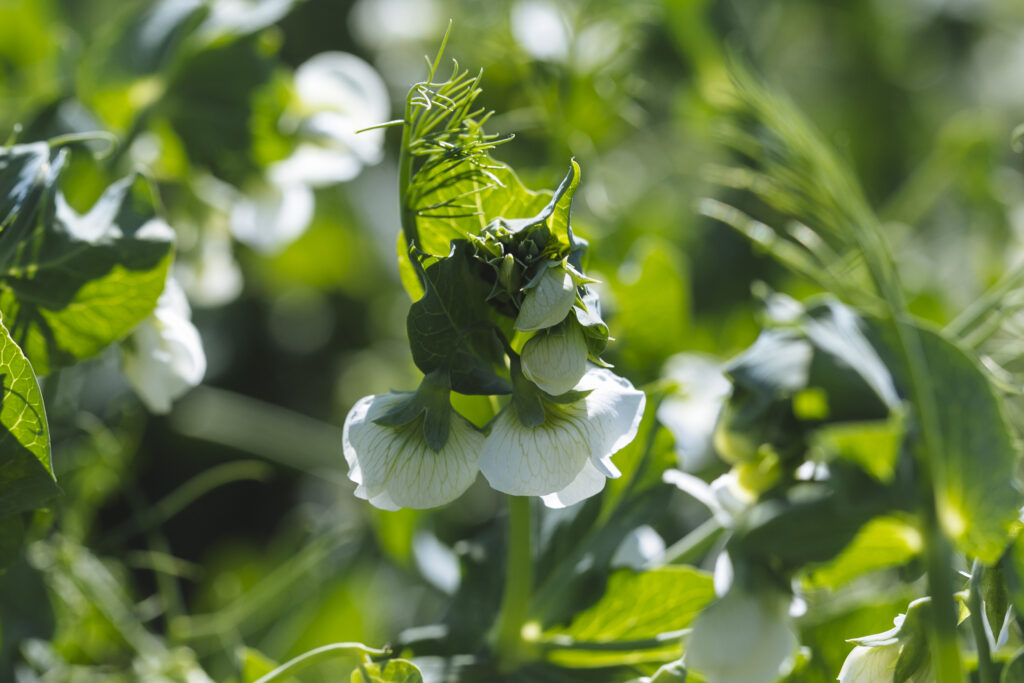
“We were interested in learning more about Fusarium root rots, but discovered that Aphanomyces was much more common on the Prairies,” says Gossen. “We changed the direction of our research to see how best we might be able to protect pulse seeds from Aphanomyces. Usually if you can protect the seed and young seedlings, you can protect the yield of your crop. This is not the case with Aphanomyces root rot.”
Gossen, along with Alberta counterpart Dr. Syama Chatterton from AAFC, Lethbridge, looked at distribution of Fusarium and Aphanomyces root rots and found that the pathogens were wide- spread, across the Prairies. Often Aphanomyces was difficult to detect because it was always found in concert with Fusarium root rots.
“We knew there was a lot of literature covering seed treatments to control Fusarium root rot, so we were interested to see if any of these would work for Aphanomyces root rot,” says Gossen. The research team even tried some ingredients used in herbicides to hamper the pathogen or reduce its ability to infect plants, but results from their field tests were poor.
Breeding for resistant pea cultivars has yielded some promising work in terms of adding more disease tolerance to the gene bank. “Right now some of the crosses look quite good,” says Gossen. “The problem with this is we are testing them in fields where the inoculum pressure is currently low.” The pea cultivar material has gone on to further breeding programs for assessment, and incorporation into new lines. This hopefully will help to keep Aphanomyces at bay when inoculum levels are low.
Finally, through the creation of a risk assessment tool, growers will be able to identify which of their fields might be at risk, avoiding production on that land. Dr. Chatterton developed a way for producers to identify (through soil samples) how much root rot inoculum is in a field. Once that number is known, she developed a model to determine whether it is safe to plant Aphanomyces- susceptible crops like peas and lentils again.
“We have done a very good job of identifying the risk,” says Gossen. “The next steps will be to find ways to reduce that risk through breeding and field management recommendations.”
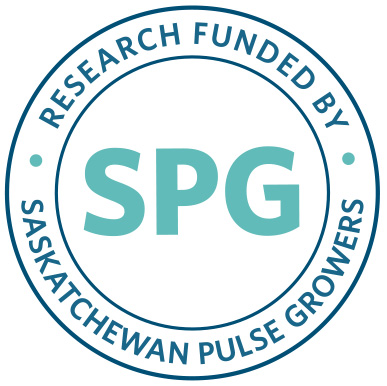
Published November 2018
